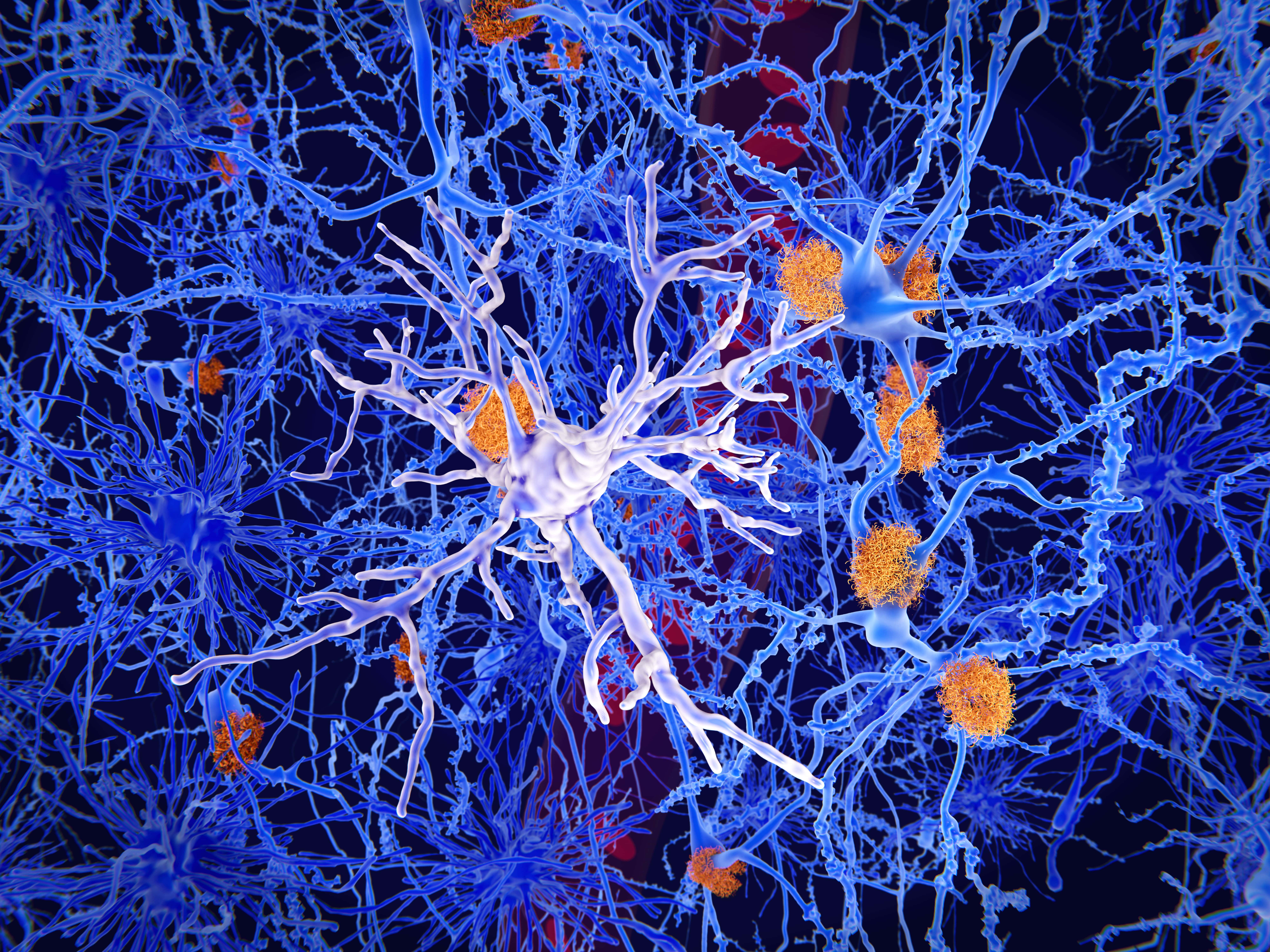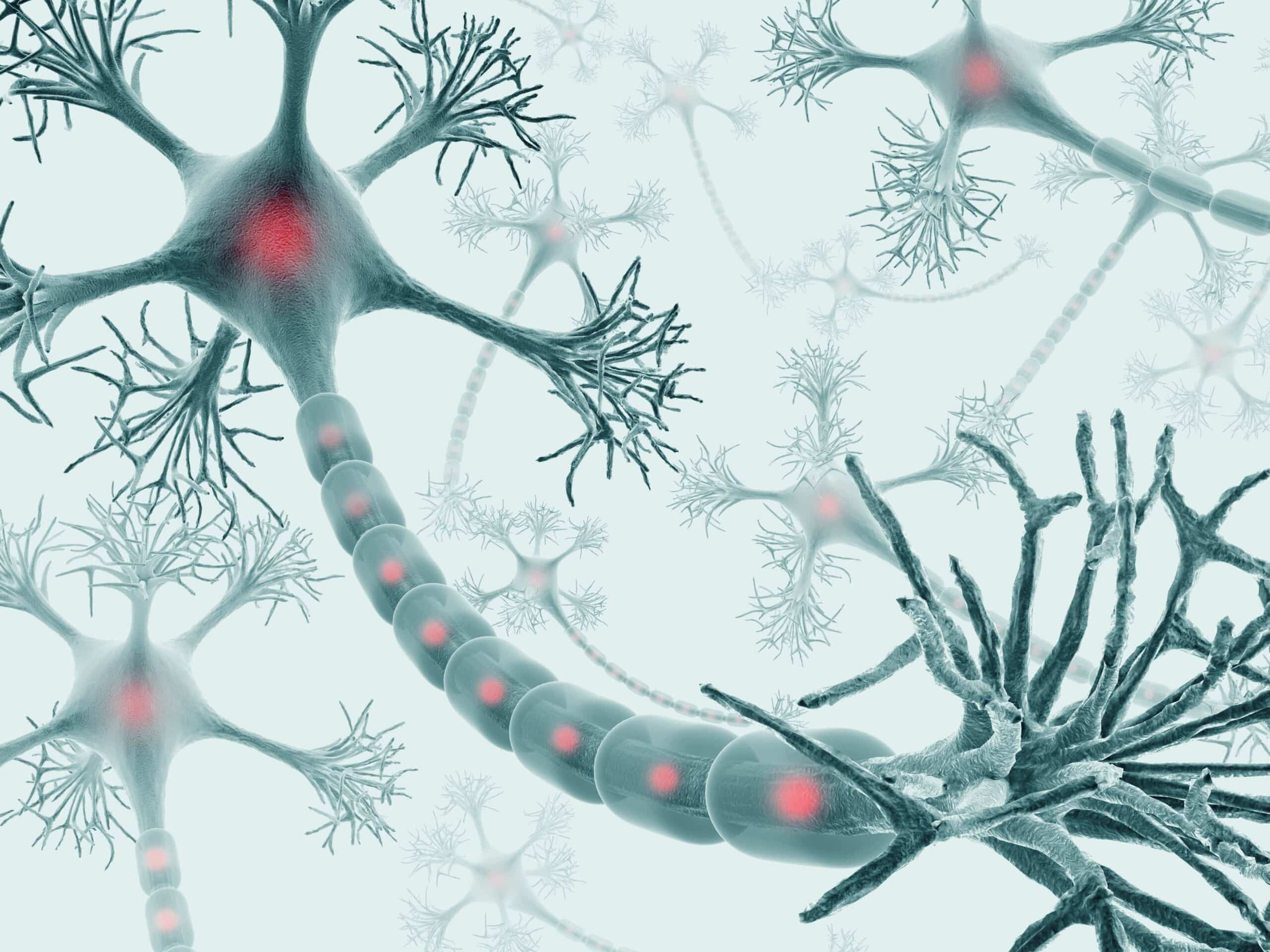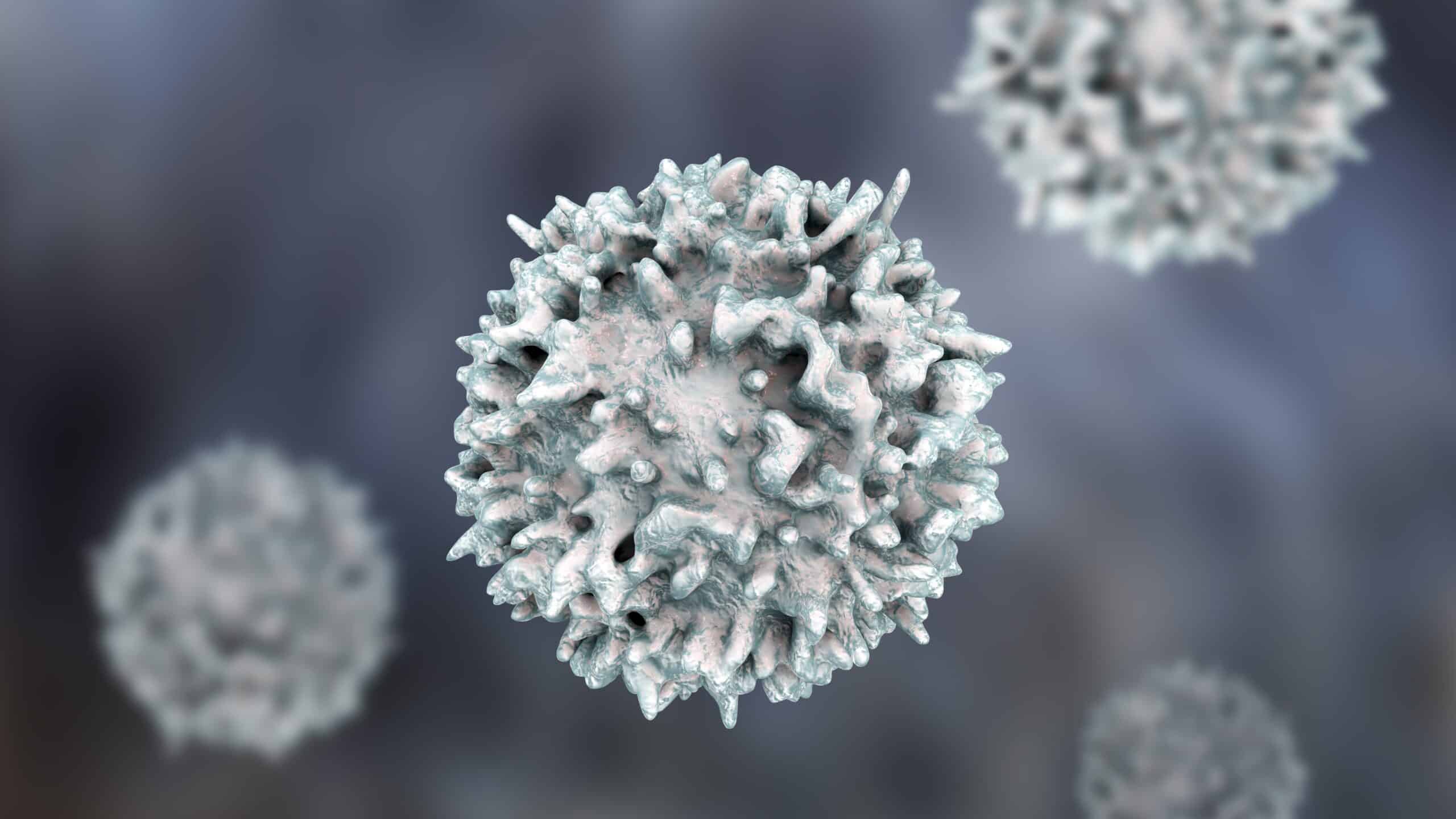Mouse Models Provide New ALS Insight
QPS Neuro
A recent study from Niigata University researchers offers new insights into the protein-mediated motor neuron loss observed in amyotrophic lateral sclerosis (ALS). Using novel mouse models of ALS, the researchers focused on better understanding the role that the protein TDP-43 plays in the degeneration of motor neurons in ALS. Their findings, published in the journal …
Researchers Find New Treatment Option for ALS
QPS Neuro
Amyotrophic lateral sclerosis (ALS), also known as Lou Gehrig’s disease, is a progressive, devastating neurodegenerative disease with no known cure. While the cause of ALS is unknown, ALS is known to be characterized by progressive degeneration of upper and lower motor neurons in the spinal cord. ALS symptoms usually first present as weakness or loss …
Neurofilament Light Chain as a Biomarker for Monitoring Neurological Disease in Children
QPS Neuro
The quest for early detection and intervention in pediatric neurological disorders has taken a significant leap forward thanks to a recent breakthrough study published in The Lancet Neurology. The study identifies the use of serum neurofilament light chain (NfL) as an effective predictive biomarker for neurological disorders like multiple sclerosis (MS) in children, capable of detecting …
Cell Therapy Breakthrough for Parkinson’s Disease
QPS Neuro
Many of the motor and non-motor symptoms that occur in Parkinson’s disease are caused by the loss of midbrain dopaminergic neurons. Cell therapy has shown promise as a potential treatment for Parkinson’s disease by replacing these lost dopamine neurons, but successful cell therapy development has historically been hindered by poor graft survival. However, a recently …
Treating Rare Diseases with Antisense Oligonucleotides
QPS Neuro
Rare genetic diseases such as ataxia-telangiectasia (A-T) pose significant challenges in the field of medicine. But a new groundbreaking study conducted by researchers at the Korea Advanced Institute of Science and Technology (KAIST) has unveiled a promising new method for using antisense oligonucleotides to treat A-T. Researchers hope that this revolutionary approach will provide treatment …





